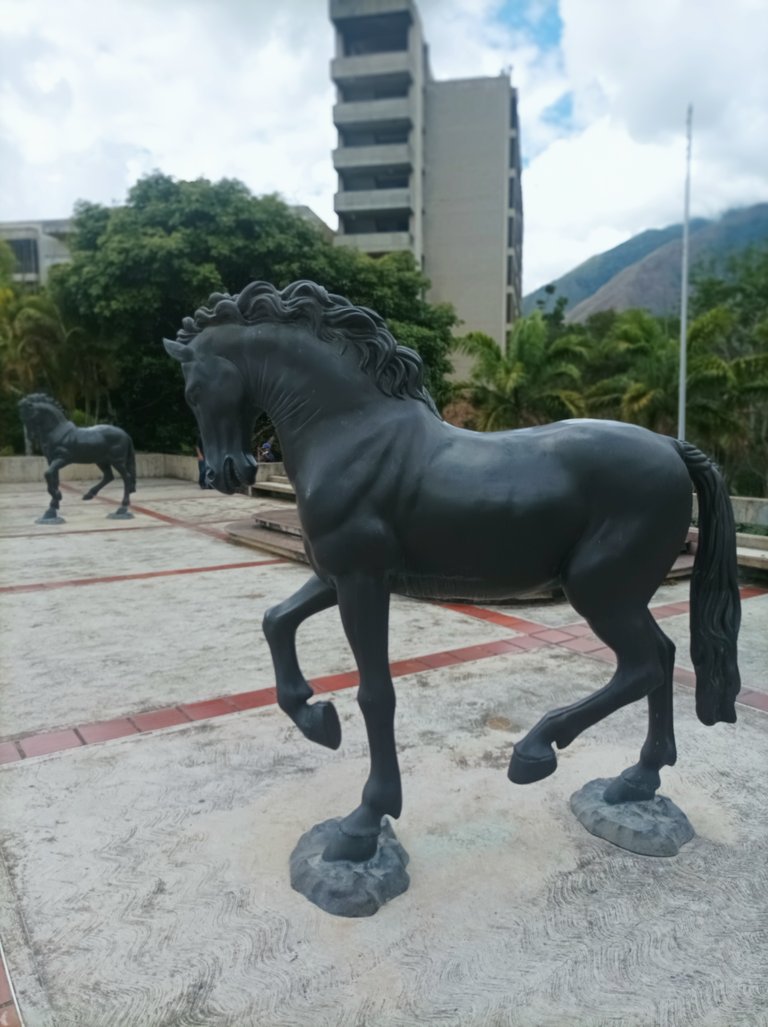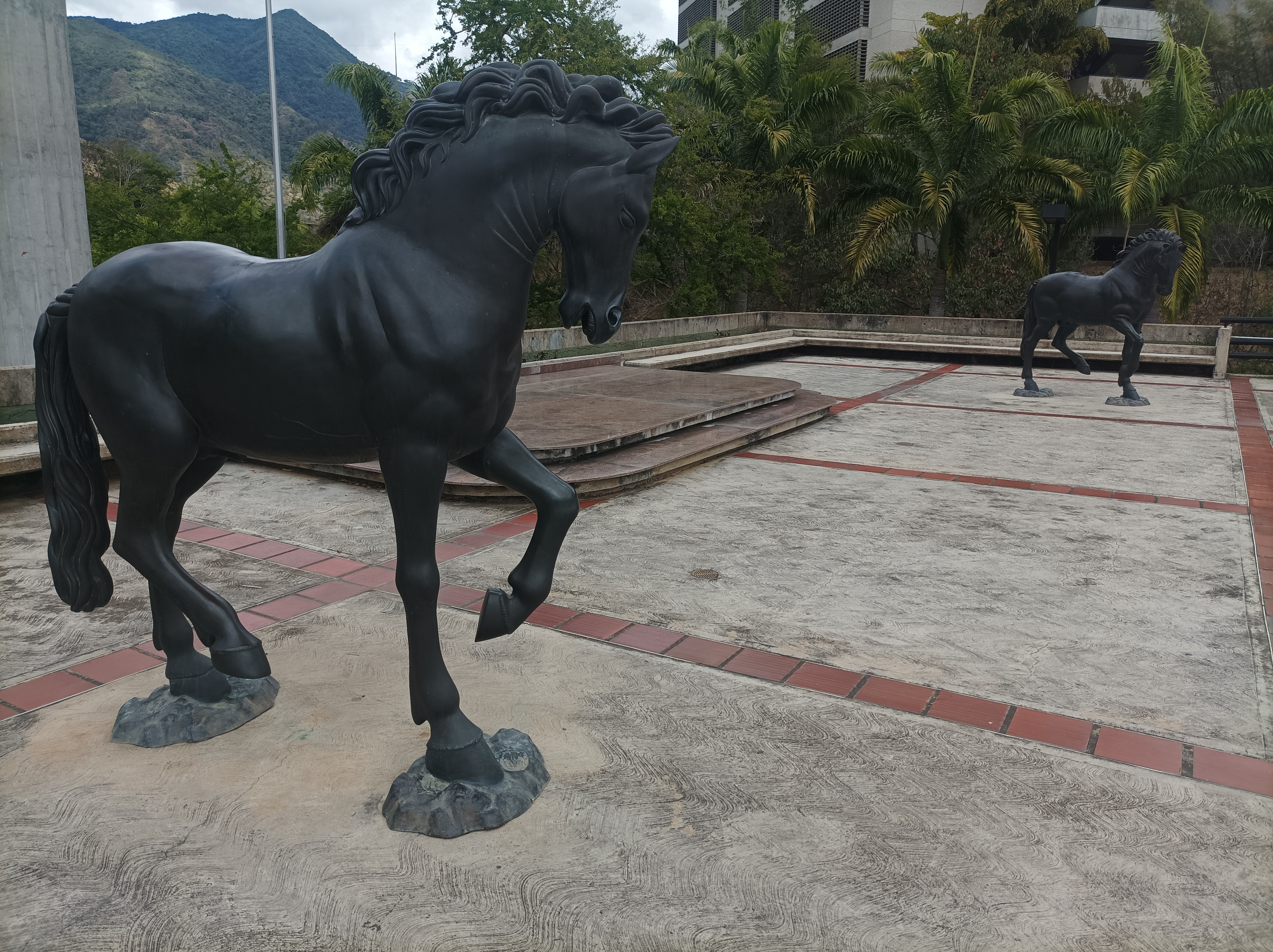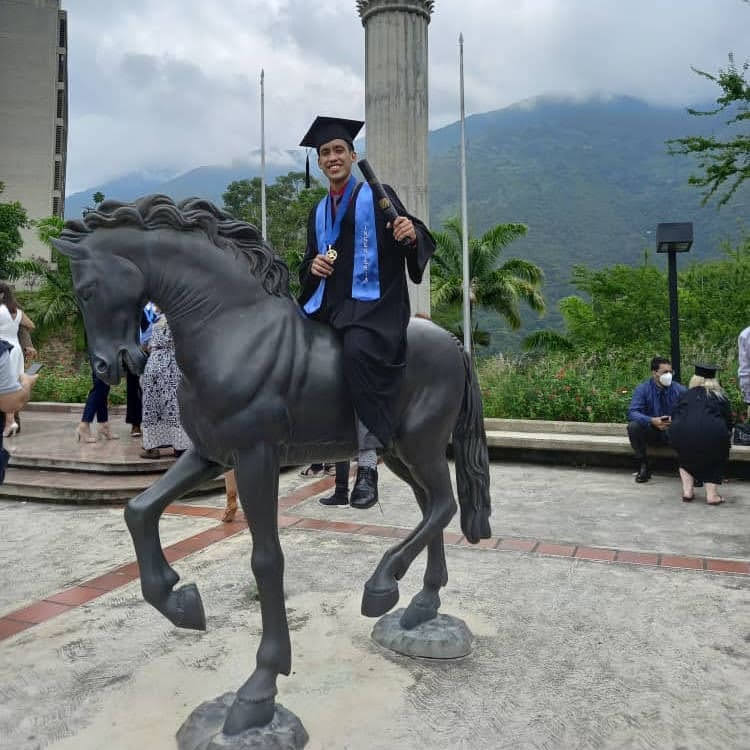Buen día amigos de está maravillosa red social. Hoy quiero compartir con ustedes La importancia que tienen las esculturas en la arquitectura. Primero debemos saber que las esculturas forman parte de las llamadas Bellas Artes de la historia humana, que nos permite construir, tallar y modelar relieves y figuras tridimensionales a partir de distintos materiales como la arcilla, la madera, la piedra y otros materiales resistentes. Esto permite que las esculturas ocupen un lugar importante en proyectos de arquitectura urbana, es el arte que se encuentra más presente en el paisaje urbano, parques, calles y que a su vez la vemos acompañado estructuras importantes en la actualidad. La historia coloca a los primeros artesanos como los primeros arquitectos de la humanidad. Crear una escultura no es tarea fácil, pues está implica una cantidad diversa de técnicas, que van desde el cincelado hasta la fundición y el moldeado tridimensional.
Good day friends of this wonderful social network. Today I want to share with you the importance of sculptures in architecture. First we must know that sculptures are part of the so-called Fine Arts of human history, which allows us to build, carve and model reliefs and three-dimensional figures from different materials such as clay, wood, stone and other resistant materials. This allows sculptures to occupy an important place in urban architecture projects, it is the art that is most present in the urban landscape, parks, streets and that in turn we see accompanied important structures today. History places the first artisans as the first architects of humanity. Creating a sculpture is no easy task, as it involves a diverse number of techniques, ranging from chiseling to casting and three-dimensional molding.

Lo que sabemos es que la escultura fue el arte con el que los pueblos antiguos representaban a sus deidades o entidades protectoras, estás eran colocadas en entradas de la ciudad, palacios, templos y otros lugares estratégicos para los civiles, militares y religiosos. Incluso algunas esculturas eran usadas para atemorizar y disuadir posibles invasores. La escultura y la arquitectura tienen materiales en común. Por ejemplo los más utilizados en la escultura son: la arcilla, la madera, el bronce (metal más utilizado en escultura), el mármol, y el marfil. Prácticamente son los mismos materiales que utiliza la arquitectura, a excepción del concreto y el acero, aunque algunas esculturas contemporáneas utilizan el concreto y el acero.
What we know is that sculpture was the art with which ancient peoples represented their deities or protective entities, these were placed at city entrances, palaces, temples and other strategic places for civilians, military and religious. Even some sculptures were used to frighten and deter possible invaders. Sculpture and architecture have materials in common. For example, the most used in sculpture are: clay, wood, bronze (metal most used in sculpture), marble, and ivory. They are practically the same materials that architecture uses, except for concrete and steel, although some contemporary sculptures use concrete and steel.
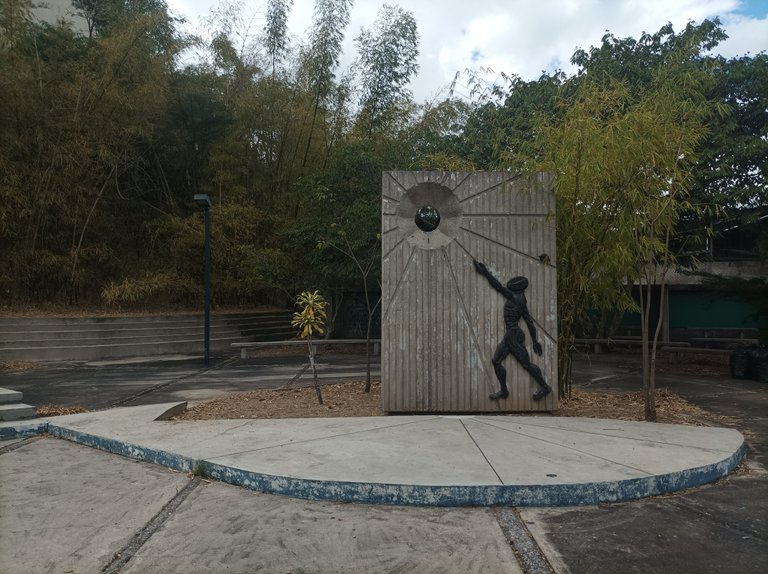
La conexión entre la arquitectura y la escultura es una conexión compleja y rica. Aunque por costumbre a la escultura por lo general le correspondía erigir la estatua del Dios, la arquitectura al estar al cargo de la construcción del templo, proclama su predominancia y superioridad entre las artes. Sin embargo a la escultura le corresponde la decisión más sagrada, el privilegio de ser la única de las artes en hacer una representación estética de lo divino mismo. En los diferentes casos la superioridad de la arquitectura se impuso sobre las demás artes, poniendo cada una de ellas a su disposición, no solo por su concepto, sino por su programa decorativo y constructivo. Esto permitio que hoy en día sea la arquitectura la encargada de la construcción del espacio interior y exterior, mientras que la escultura complementa los espacio a su alrededor.
The connection between architecture and sculpture is a complex and rich connection. Although by custom the sculpture usually corresponded to erect the statue of the God, the architecture being in charge of the construction of the temple, proclaims its predominance and superiority among the arts. However, sculpture has the most sacred decision, the privilege of being the only one of the arts to make an aesthetic representation of the divine itself. In the different cases the superiority of architecture was imposed over the other arts, putting each of them at your disposal, not only for its concept, but for its decorative and constructive program. This allowed that today architecture is responsible for the construction of the interior and exterior space, while sculpture complements the spaces around it.
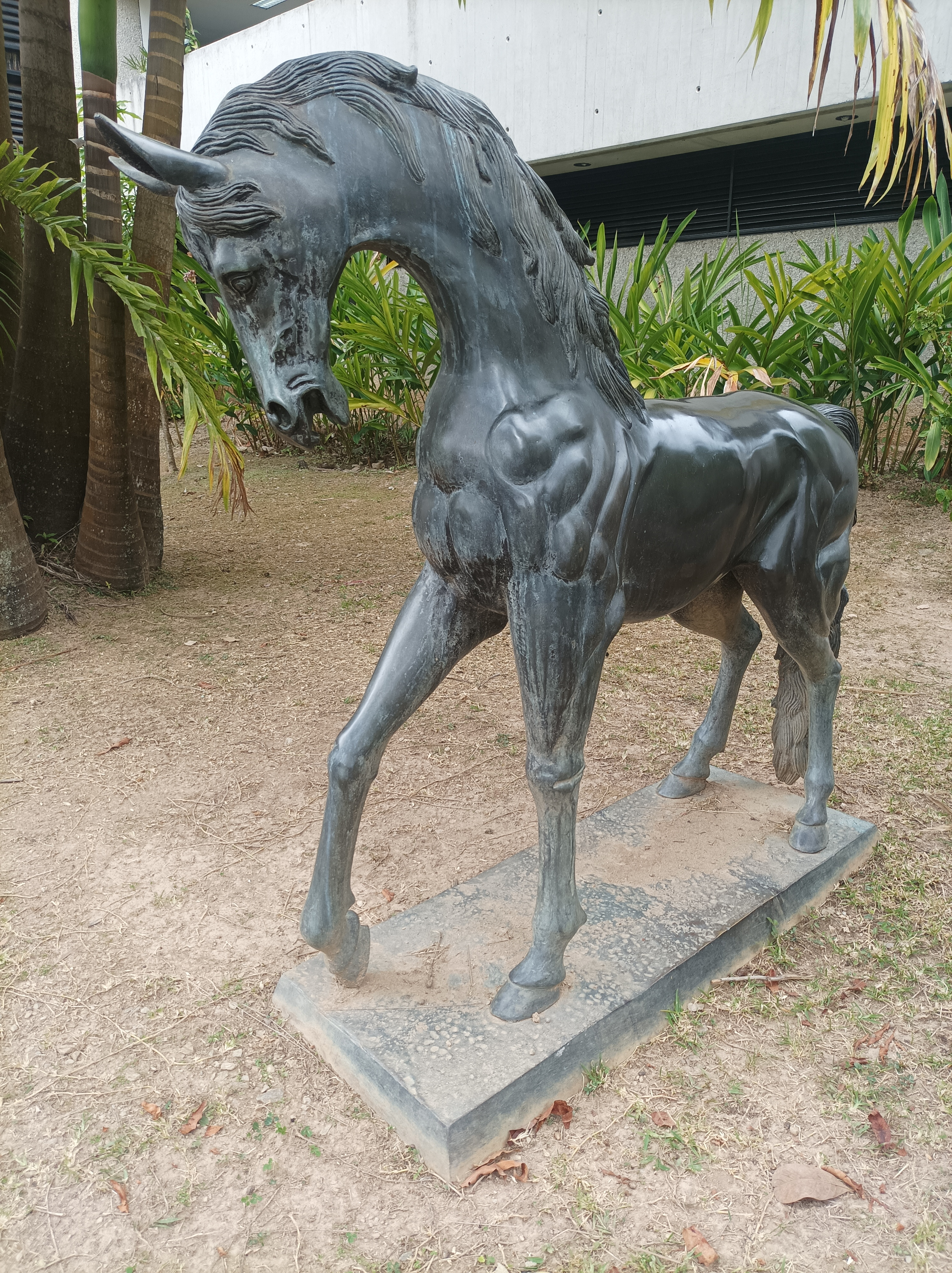
Lo interesante de las esculturas son la cantidad de relatos clásicos o ancestrales que hablan de la posibilidad de moldear formas humanas con materiales como arcilla, la piedra y luego darles vida (en la antigüedad se creía que Dios o los dioses crearon a los humanos a través de esculturas). Este relato me hizo recordar una de las leyendas o mitos que se escuchaba mucho con las esculturas más famosas por los estudiantes de la universidad Santa María, estas involucran a los leones de bronce y los caballos que se ubican en los distintos puntos de la Universidad.
The interesting thing about the sculptures are the number of classical or ancestral stories that speak of the possibility of molding human forms with materials such as clay, stone and then give them life (in ancient times it was believed that God or the gods created humans through sculptures). This story reminded me of one of the legends or myths that was heard a lot with the most famous sculptures by the students of the Santa María university, these involve the bronze lions and the horses that are located in the different points of the University.

Ver a los ojos del León 🦁
Entre los primeros graduandos de esta universidad se corría el rumor de que si veías fijamente a los ojos del León (mascotas de la universidad) no lograrás culminar la carrera universitaria. Esta leyenda a vive por las generaciones de estudiantes. Debo aclarar que antes de existir los leones de bronce, la universidad cuido de 3 leones reales. Los primeros leones en llegar a nuestra universidad fueron Ibrahim y Luna, tras su partida física llegó Frigüela, quien a su vez nos dejó el 03 de enero del 2008.
Look into the eyes of the lion 🦁
Among the first graduates of this university there was a rumor that if you stared into the eyes of the Lion (mascots of the university) you will not be able to complete the university career. This legend lives on for generations of students. I must clarify that before bronze lions existed, the university took care of 3 royal lions. The first lions to arrive at our university were Ibrahim and Luna, after their physical departure frigüela arrived, who in turn left us on January 3, 2008.
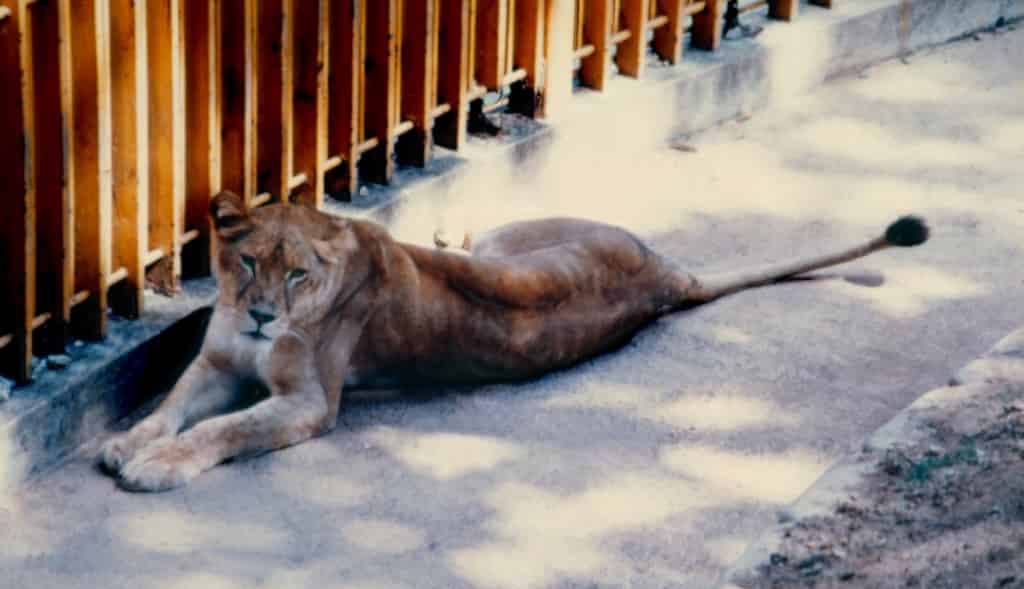
En la actualidad existen tres estatuas de bronce, estás nos hacen recordar las antiguas mascotas y el mensaje más importante que nos dejaron, este es: los estudiantes de la Universidad Santa María somos astutos, fuertes, osados y líderes natos. 🦁
At present there are three bronze statues, these make us remember the ancient pets and the most important message they left us, this is: the students of the Santa María University are cunning, strong, daring and born leaders 🦁
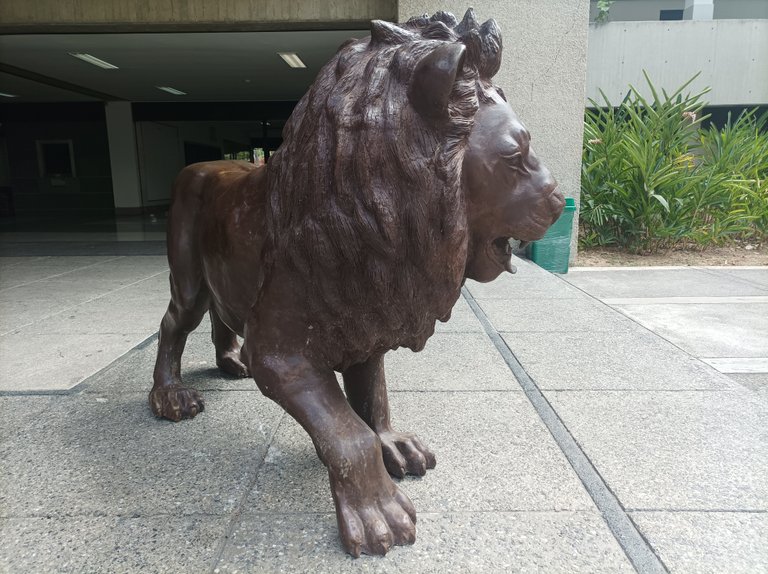

Los caballos de la plaza central de la Universidad Santa María. 🐴
Está es una tradición universitaria que consiste en subirse a estas esculturas o estatuas del caballo una vez que logres cumplir tu carrera universitaria demostrando asi, el final de la carrera. Por otro lado, de hacerlo antes de culminada tu carrera universitaria no lograrás graduarte. Estos son los mitos y leyendas conocidos por los estudiantes, hay quienes deciden evitarlas y otros que la desafían. Lo que realmente es cierto es que para terminar la carrera universitaria solo debes estudiar y pasar tus exámenes. 🤣😂🤣😂
The horses of the central square of the Santa María University. 🐴
This is a university tradition that consists of getting on these sculptures or statues of the horse once you manage to fulfill your university career thus demonstrating the end of the career. On the other hand, if you do it before the end of your university career, you will not be able to graduate. These are the myths and legends known to students, there are those who decide to avoid them and others who challenge it. What is really true is that to finish the university career you only have to study and pass your exams. 🤣😂🤣😂
